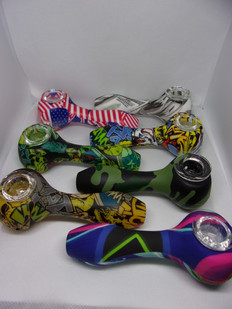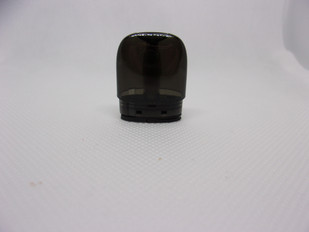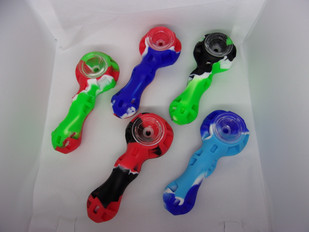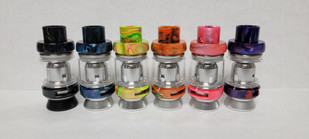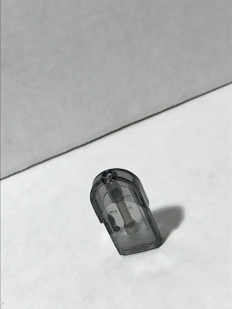- Home
- The Vape Mall Blog
- DIY Vaping: Should You Scale Back on Ingredients?
DIY Vaping: Should You Scale Back on Ingredients?
Posted by on
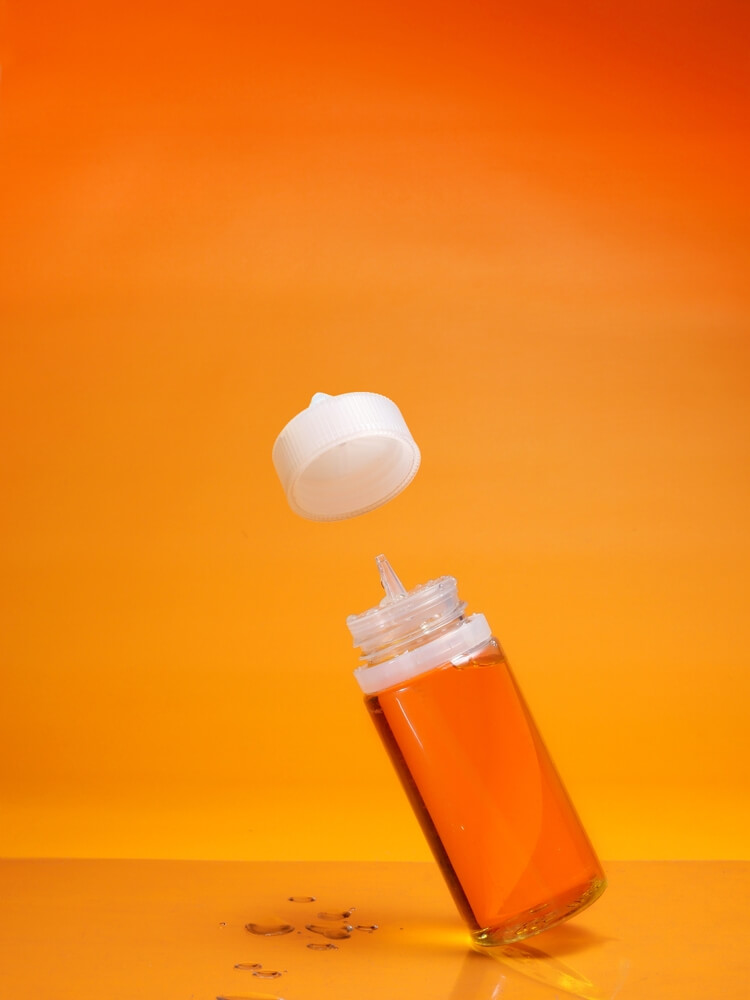 If there’s one thing that’s crucial when it comes to
DIY vaping, it’s getting that balance of ingredients just right. Not only will improperly balance ingredients
throw off the flavor that you’re spending so much time trying to achieve, but
they will also affect the e-liquid’s ability to vaporize. Balancing ingredients properly is a skill
that comes from trial and error, as we’re sure you know. However, clearly there are times when you
need to scale back the ingredients.
If there’s one thing that’s crucial when it comes to
DIY vaping, it’s getting that balance of ingredients just right. Not only will improperly balance ingredients
throw off the flavor that you’re spending so much time trying to achieve, but
they will also affect the e-liquid’s ability to vaporize. Balancing ingredients properly is a skill
that comes from trial and error, as we’re sure you know. However, clearly there are times when you
need to scale back the ingredients.
What are the Key Ingredients to Hold Back On When Crafting an E-Liquid Batch?
Once you have decided to go all in on DIY e-juice crafting, i.e., mix/recreating recipes or mixing down nicotine to your preferred level, you need to figure out how much of that said ingredient you should be utilizing.
Flavoring
Lots of newbie DIY vapers make the mistake of assuming that the more flavoring ingredients, the better the e-liquid will taste. However, this is rarely the case. Flavoring extracts usually make up ten percent of the vape juice recipe, and for good reason. Too much flavoring can give you vaper’s tongue, for one thing. Additionally, too much flavoring can be overwhelming to the taste buds, making the e-liquid unpleasant. Also, remember that you must maintain a certain ratio of ingredients in order for the vape juice to be, well… ‘vapeable’. So, if you’re going above 15% flavoring agents, we suggest scaling back.
Sweetener
If you have a sweet tooth, you may believe that more sweetener means more satisfaction. However, this is rarely the case. Sweeteners can cause your e-liquid to taste one-note, meaning that all you get is sugar rather than the other ingredients. Also, too much sweetener can cause your vape juice to burn due to the high sugar content.
Propylene Glycol (PG)
As you know, the VG/PG ratio is crucial, since it determines everything from the size of your clouds to how quickly you go through your vape juice. You will know that you’re using too much PG if you feel like you’re burning through your e-liquid too quickly, or if you feel that the consistency is so thin that you’re hardly getting any vapor. If either of these things are happening, scale back.
Vegetable Glycerin (VG)
Alternatively, you can definitely make the mistake of using too much VG. Using too much VG can make your e-liquid clog your coil, and it can cause you to barely get any flavor. VG is very thick compared to PG, and the consistency of your e-liquid must be spot on if you’re going to have a successful vape. If youfeel that the thickness of your vape juice is causing problems, scale back the VG level by adding more PG.
Nicotine
There is definitely a thing as too much nicotine, as you probably have figured out by now. If you’re a nicotine lover, we get wanting to add a lot to your recipe. But too much nicotine can make you feel uneasy and unwell due to the way in which the body processes it. Additionally, too much nicotine can water down your flavor and interfere with cloud production.
Twp Simple Methods to Mixing DIY E-Liquid: Weight & Volume
Understanding these simple DIY e-liquid mixing methods is key, as after all, each comes with some interesting pros/cons.
Method #1: Mixing by Weight
This is where you use a scale, introducing each ingredient mix by weighing it and taking its specific gravity into consideration. To summarize: 1mL of VG is heavier than a single milliliter of PG or one milliliter of flavoring. Don’t worry about all that crazy science though. You just gotta make sure you’ve got a vape juice calculator that factors in these values – and let it do the number crunching.
Method #2: Mixing by Volume
Simply involves measuring each ingredient’s volume with the use of a large set of syringes (ideally one per ingredient). Opting for this route is the simplest for newbies to comprehend, due to how e-juices are typically measured in this manner. On the downside of this approach is the fact that it’s less accurate and requires additional supplies and cleaning. Calculators are still needed when mixing by volume – they won’t only translate percentages to “mL”, but also shall offer the exact amount of nicotine base needed to achieve that said desired strength.
Critical Note:Using your eyeballs to measure nicotine when making e-liquid batches should be totally avoided!
Bottom Line: Making the Right Call Matters!
It’s tempting to overdo it with certain ingredients when you first start making your own e-liquids from scratch. However, as you know, overdoing it can ruin your batch. Use this guide to know when it’s wise to decrease the amount of a certain ingredient to end up with a more satisfying product.
 Loading... Please wait...
Loading... Please wait...



